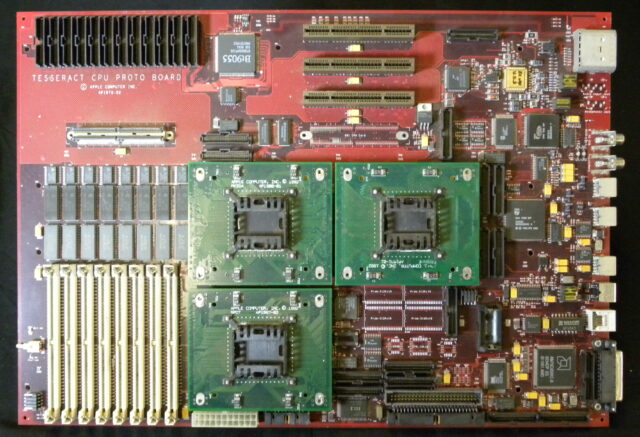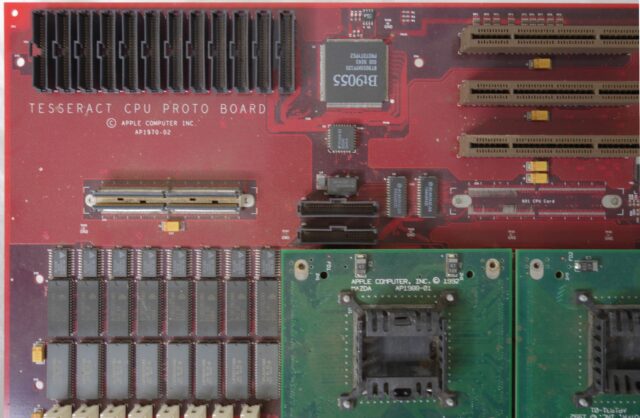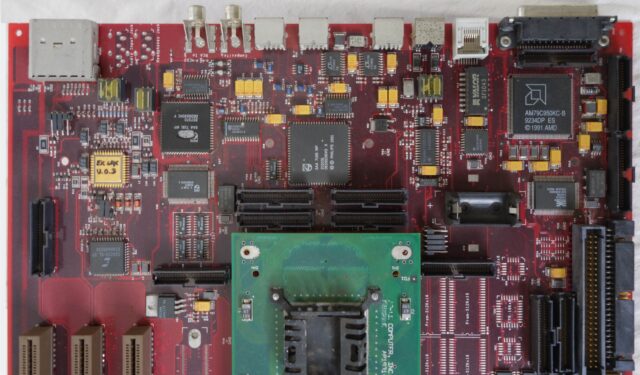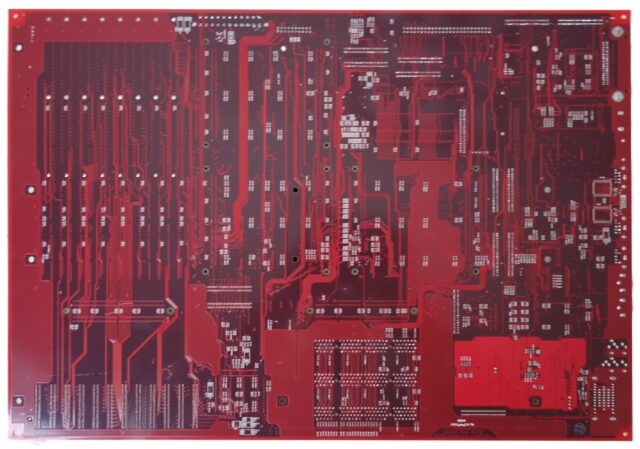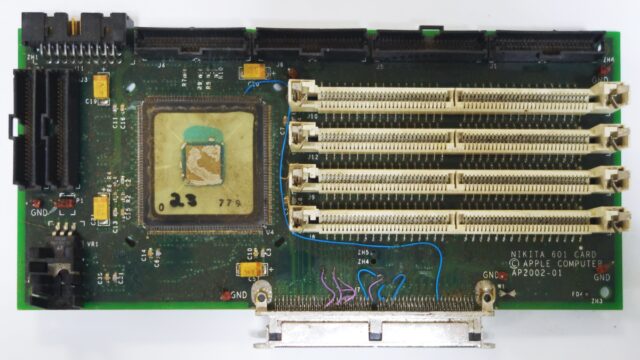What is Tesseract? It was the codename for the first PowerPC Mac in the 1990s. You can find some photos of this prototype on BitSavers.
The codename is sometimes mistakenly written as Tessaract, but the correct name is Tesseract. You can read its full history on this site, but here’s a summary: Tesseract came from Jaguar, a Mac RISC project when Apple began searching for a replacement for the 68K processors. Apple had used the 68040 but skipped the 68060, and Motorola had already announced the end of the 68K lineup. Jaguar was unique in that it was not compatible with 68K applications, while a parallel project—Cognac—was meant to help transition existing Macs (around 1990) to Jaguar.
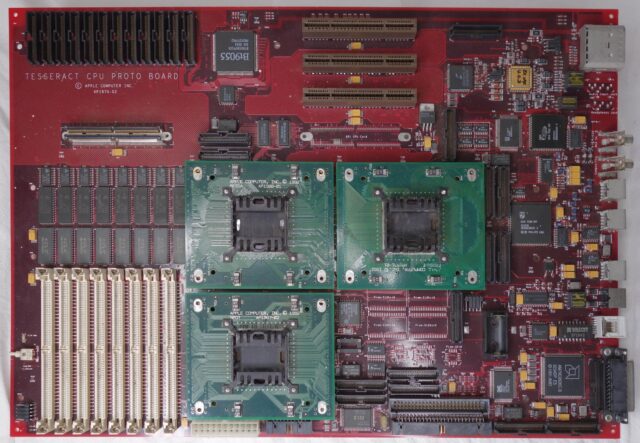
By 1990, the specific type of RISC processor was still undecided, but the goal was to maintain compatibility, initially with two processors (a 68K and a RISC) and later through emulation. A prototype, the RLC (RISC LC), reportedly worked quite well. In the early 1990s, Apple finally chose a processor: the first PowerPC, the 601. Derived from IBM’s POWER series (Apple’s long-time rival), it delivered excellent performance.
Before the release of the Power Macintosh, Apple planned to offer a machine based on Cognac (later renamed Piltdown Man) and another, more high-end system based on Tesseract. However, by late 1993, those working on Tesseract realized the platform would not be ready for January 1994 (the Mac’s 10th anniversary). In the end, Cognac became the sole platform: the original project led to the Power Macintosh 6100, while engineers adapted it to create the Power Macintosh 7100 and Power Macintosh 8100, which featured a faster processor.
Finally, Tesseract eventually led to the development of the Power Macintosh 7500, which had the codename TNT, standing for The New Tesseract.
